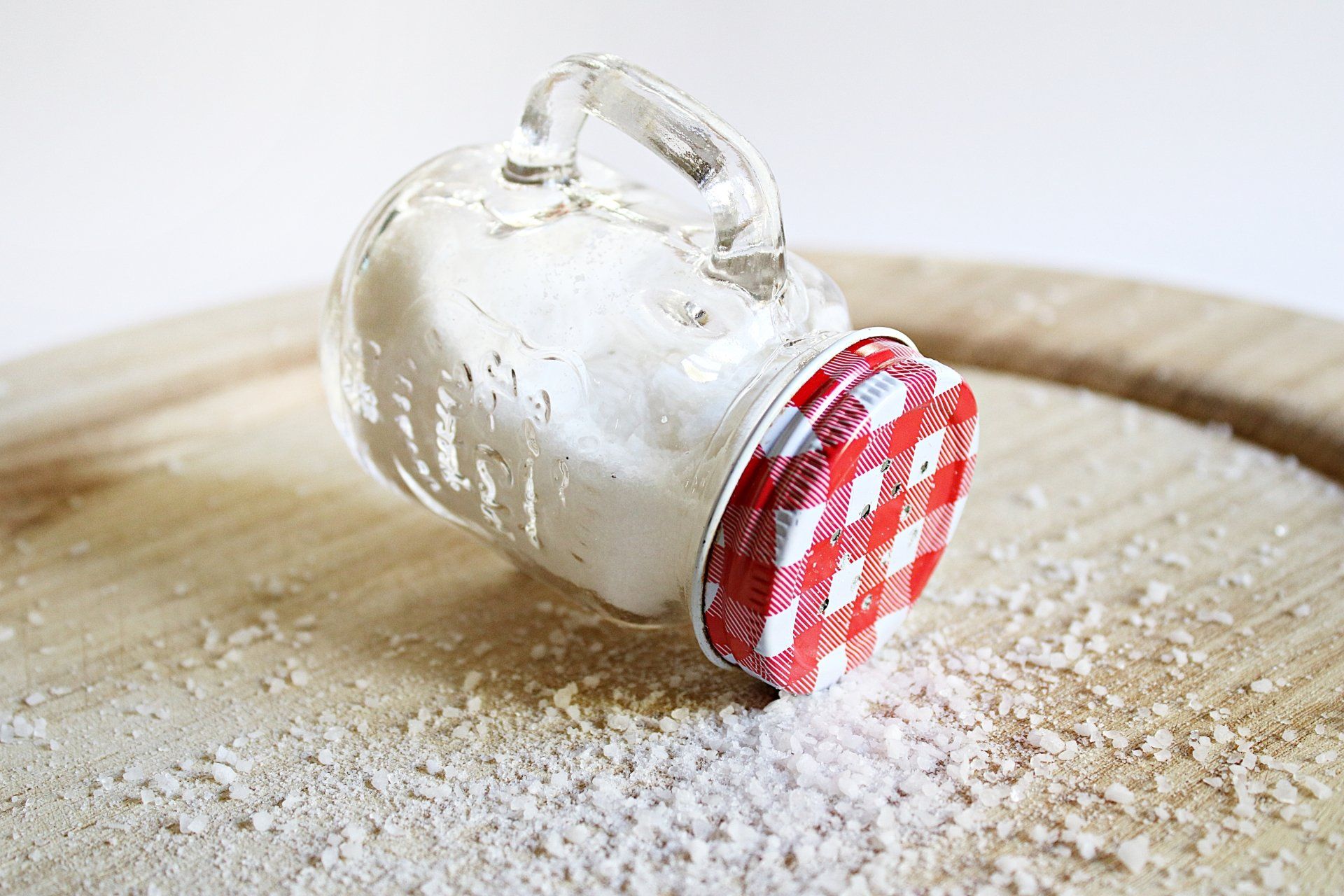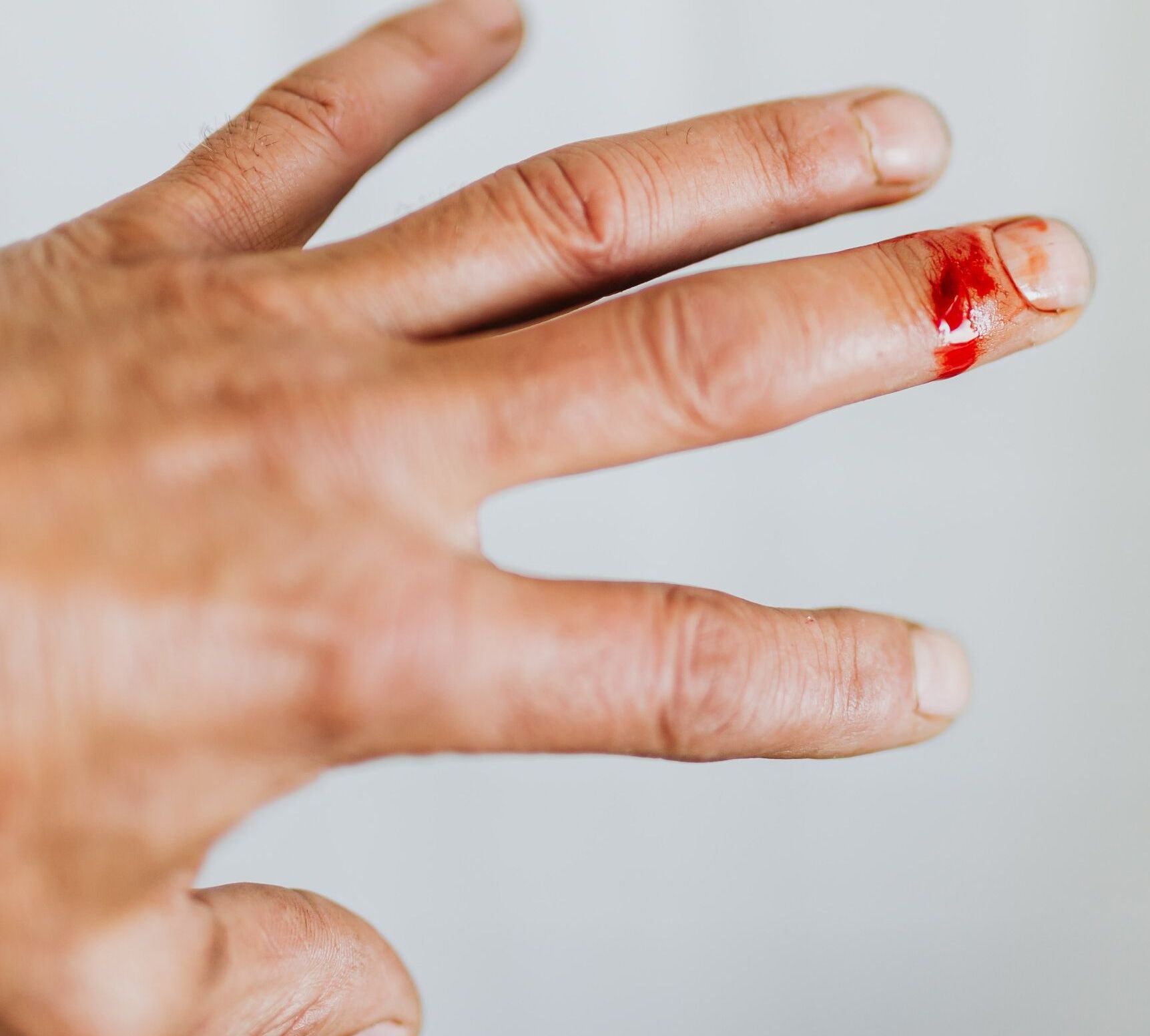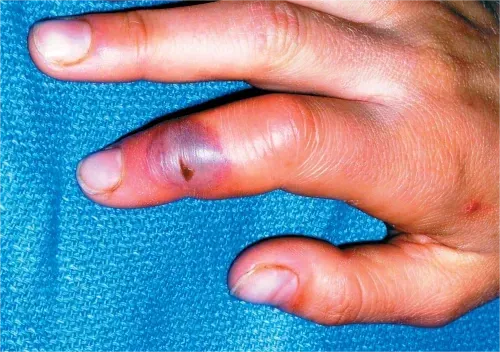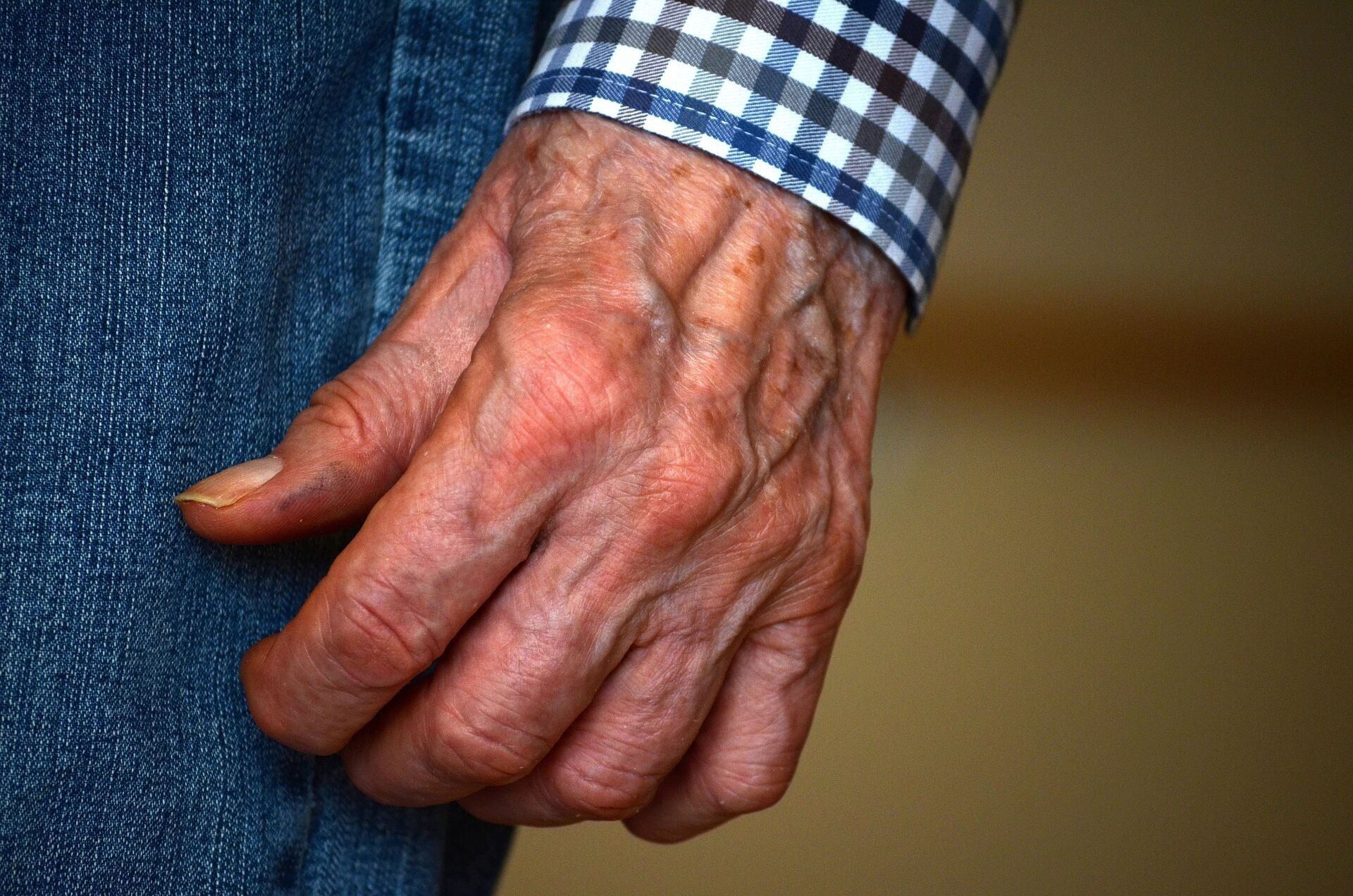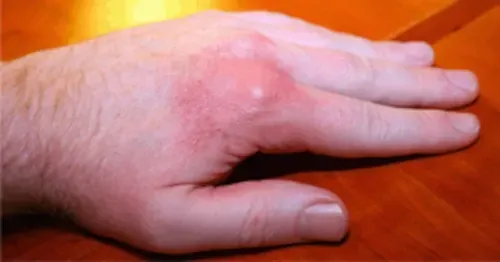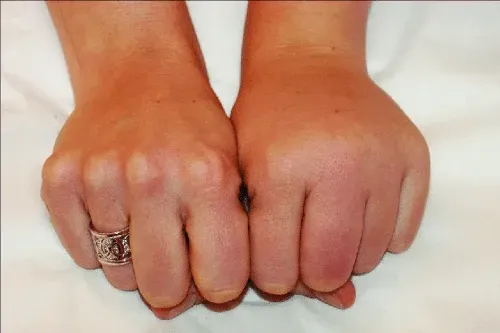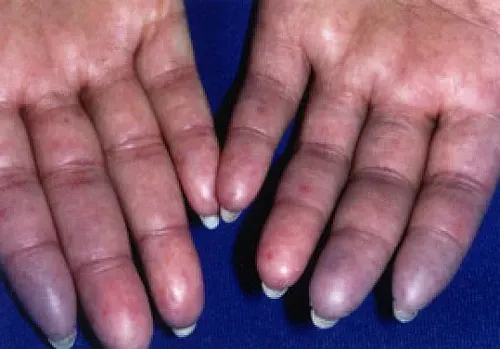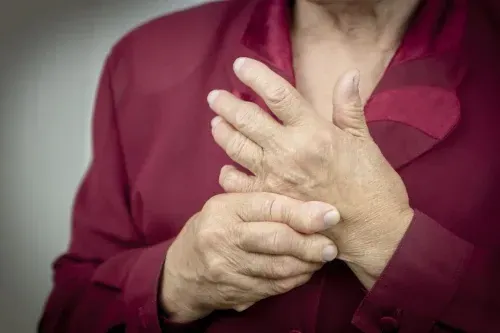What Causes Swollen Fingers?
Fingers that feel puffy or swollen may be caused by diet, injury, fluid build-up, or a deeper condition. Find causes and relief options here.
Swollen fingers often result from harmless triggers like salty meals, heat exposure, or minor injury. But they can also signal serious conditions such as arthritis, fluid retention, or infection. Knowing the cause helps you choose the right relief strategy—whether simple rest and elevation or a doctor’s evaluation for underlying issues.
Table of Contents
- Overview
- Most Common Causes of Swollen Fingers
1) Swollen fingers from diet
2) Swollen fingers from injury
3) Swollen fingers from fluid retention
4) Swollen fingers from infection
5) Swollen fingers from arthritis
6) Swollen fingers from hormones
7) Swollen fingers from allergy
8) Swollen fingers from sleep position
9) Swollen fingers from heat
10) Swollen fingers from exercising
11) Swollen fingers from gout
12) Swollen fingers from preeclampsia
13) Swollen fingers from fluid blockage
14) Swollen fingers from scleroderma
15) Swollen fingers from carpal tunnel syndrome
16) Swollen fingers from tendonitis
17) Swollen fingers from bursitis
18) Swollen fingers from sickle cell disease
- Rarer causes of swollen fingers
- Summary
- FAQs
- About
Overview
By Dr. M. Zannakis | The CarpalRx
If your fingers feel
puffy, tight, or swollen, you’re not alone. Many people wonder, “Why are my fingers swollen?” The reassuring news is that most of the time,
finger swelling is harmless and temporary — often caused by
too much salt, warm weather, or a mild sprain or strain.
Sometimes, though, swelling is your body’s way of saying something deeper is happening — especially if it comes with
pain, stiffness, redness, or numbness.
Everyday causes like
diet, minor injuries, or mild infections usually clear up on their own with a little rest and care. But persistent swelling can also signal more serious issues such as
fluid retention, heat edema, preeclampsia, or sickle cell disease — conditions that may need medical attention.
In this article, you’ll discover the
most common reasons for swollen fingers,
simple ways to reduce swelling fast, and
how to know when it’s time to call your doctor.
Most Common Causes of Swollen Fingers
This article highlights the 18 most common reasons we get swollen fingers. It also describes the
key signs requiring immediate medical attention. Each cause is explored in detail below. In order of most-to-least common, these causes are:
- Diet
- Injury
- Fluid retention
- Infection
- Arthritis
- Hormones
- Allergy
- Sleep position
- Heat
- Exercising
- Gout
- Preeclampsia
- Fluid blockage
- Scleroderma
- Tendonitis
- Bursitis
- Sickle cell disease
- Carpal tunnel syndrome
1. Swollen fingers from diet
2. Swollen fingers from injury
3. Swollen fingers from fluid retention
4. Swollen fingers from infection
5. Swollen fingers from arthritis
6. Swollen fingers from hormones
7. Swollen fingers from allergy
8. Swollen fingers from sleep position
9. Swollen fingers from heat
10. Swollen fingers from exercising
11. Swollen fingers from gout
12. Swollen fingers from preeclampsia
13. Swollen fingers from fluid blockage
14. Swollen fingers from scleroderma
15. Swollen fingers from carpal tunnel syndrome
16. Swollen fingers from tendonitis
17. Swollen fingers from bursitis
18. Swollen fingers from sickle cell disease
Rarer causes of swollen fingers
In some cases, swollen fingers may be a rare symptom another condition. Such conditions include:
- Patients with
tuberculosis have been known to experience swollen fingers. But this is extremely uncommon.
- Sarcoidosis is a condition that occurs when your immune system forms swollen, red lumps (called
granulomas) in different organs of the body. Finger swelling from sarcoidosis (called
sarcoid tenosynovitis) has been known to occur.
- If left untreated, the venereal disease called
syphilis can affect almost any body part. Rarely, it can also result in swollen fingers.
Summary
Numerous health conditions can cause swollen fingers. Most of the more common conditions are usually not dangerous. But when swollen fingers are accompanied by other symptoms, it can signal there’s something more complex, and perhaps dangerous, evolving in your body. That underlying condition will likely require medical attention.
FAQs
- My hands and feet suddenly swelled up. Is that serious?
This can be potentially life threatening. You may have congestive heart failure. Call your doctor immediately.
- Is it possible to have two or more the causes of swollen fingers?
Yes, you can have several conditions causing swollen fingers at one time. For instance, a food allergy may cause your carpal tunnel syndrome swelling to appear more exaggerated.
- How do I know when to call my doctor?
Always err on the side of caution. If having swollen fingers is unusual or if it persists for more than a few hours, the call your doctor.
About



